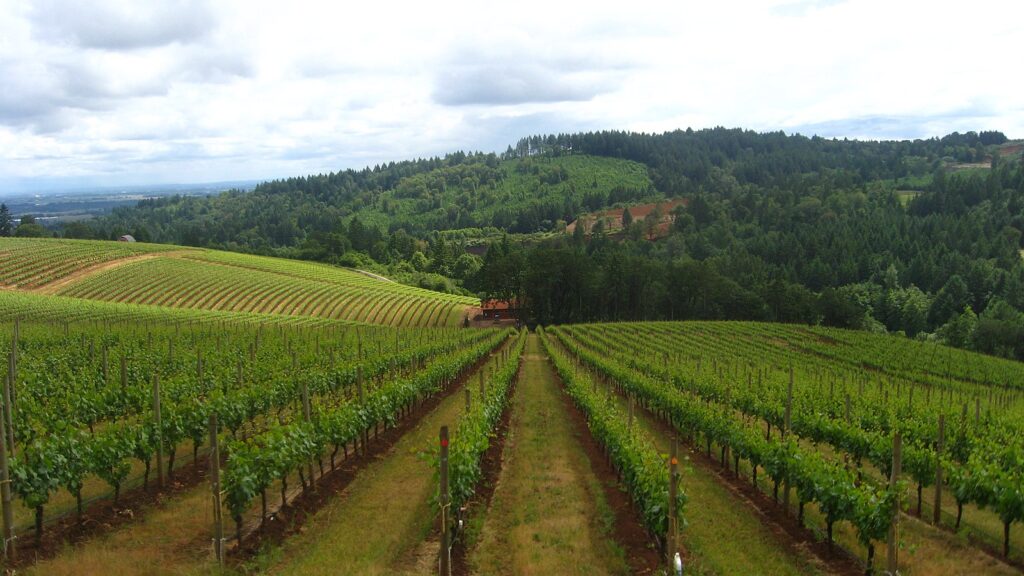
Wildfire Sweeps Through Sonoma’s Dry Creek Valley and Threatens Wineries
By: Alex Bennett
Over the weekend, several wildfires ignited across California, fueled by warm temperatures and strong winds. One of the most notable blazes, the Point Fire, erupted on June 16 along the eastern shores of Lake Sonoma and quickly spread towards the wineries on West Dry Creek Road. By June 17, the fire had burned through more than 1,100 acres, with containment efforts reaching only 20 percent, according to Cal Fire.
Ken Blair, sales director at Preston Farm and Winery, which is situated less than five miles from the lake, described the scene as terrifying. He noted, “The wind really exacerbated the fire’s spread. However, firefighters have done a commendable job protecting both life and property. The fire has remained west of the valley and is now surrounded. Despite this progress, the forecast predicts another windy day.”

Although the fire predominantly affects rural areas, it has already destroyed six structures and led to the evacuation of approximately 400 residents, with thousands more on standby. Wineries like Preston, Hawley, and Quivira fall within the mandatory evacuation zone, while the western edge of the valley is under an evacuation warning. This means residents must be ready to leave at a moment’s notice. The most active fire zones are near the lake, in areas largely devoid of habitation, but should the fire advance further into the valley, numerous homes could be jeopardized.
Hugh Chappelle, winemaker at Quivira, reported that although they can still access the property to care for animals, access is tightly regulated. He assured that all employees are safe but mentioned that the winery is currently without power. One significant concern is the irrigation of newly grafted vines that require regular watering. The lack of power has rendered irrigation pumps inoperative, and rental generators are not yet installed.

Chappelle also mentioned that the vines had just completed their flowering stage and that they are currently assessing the potential risk of smoke taint. He is hopeful that ETS Labs, a leading expert in smoke research, will soon provide updated guidance.
As temperatures remain in the mid- to high 80s with low humidity over the next few days, the fire risk persists. However, the winds, which have been gusting up to 30 miles per hour, are expected to calm down tomorrow.
Cal Fire reports that the state is not currently experiencing drought conditions, thanks to a wet winter and several spring storms that have reduced fire risk. However, changing sea surface temperatures could lead to drier weather, potentially increasing fire risks as summer continues and vegetation dries out. This early wildfire activity could signal a challenging summer ahead.


